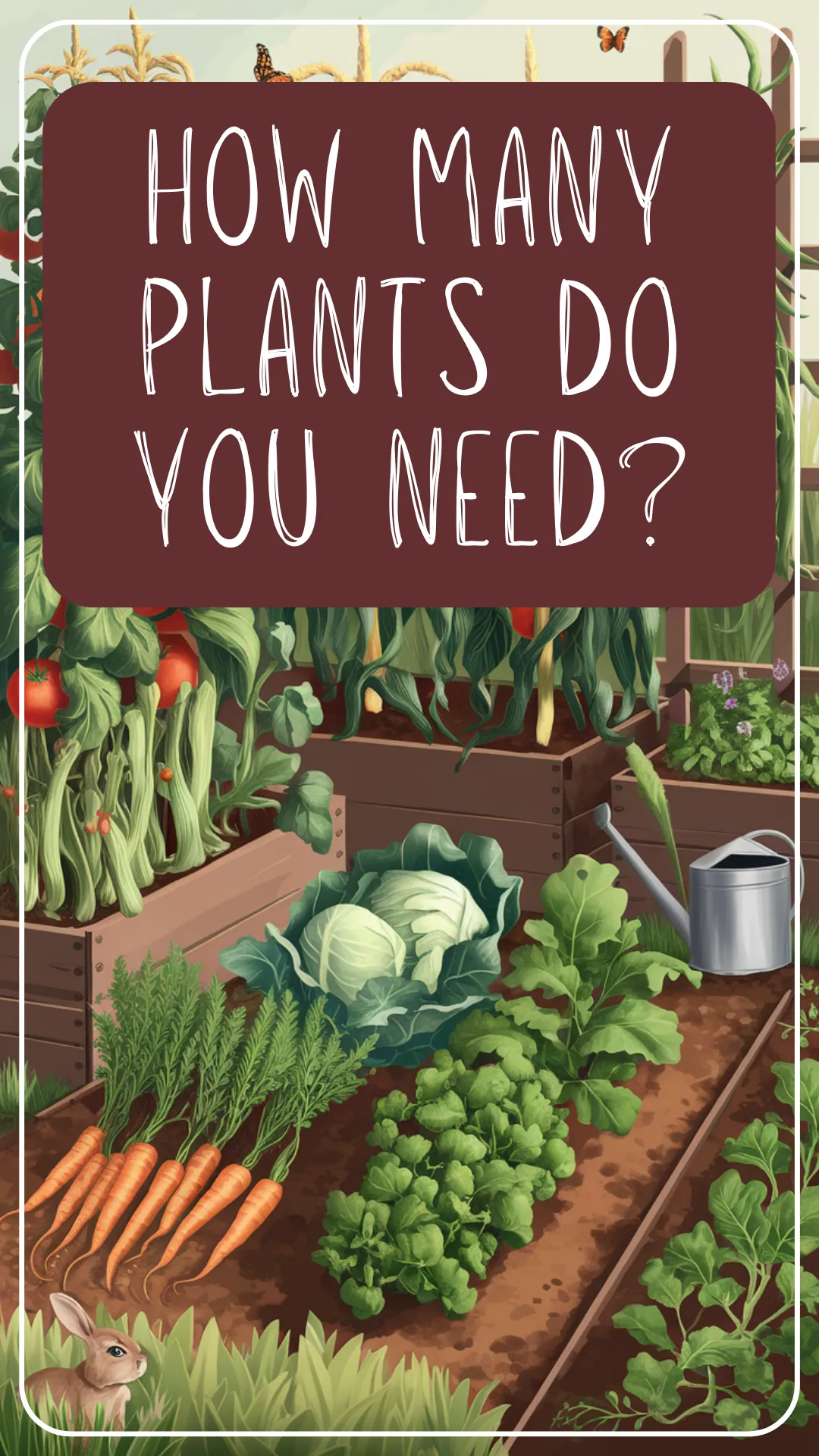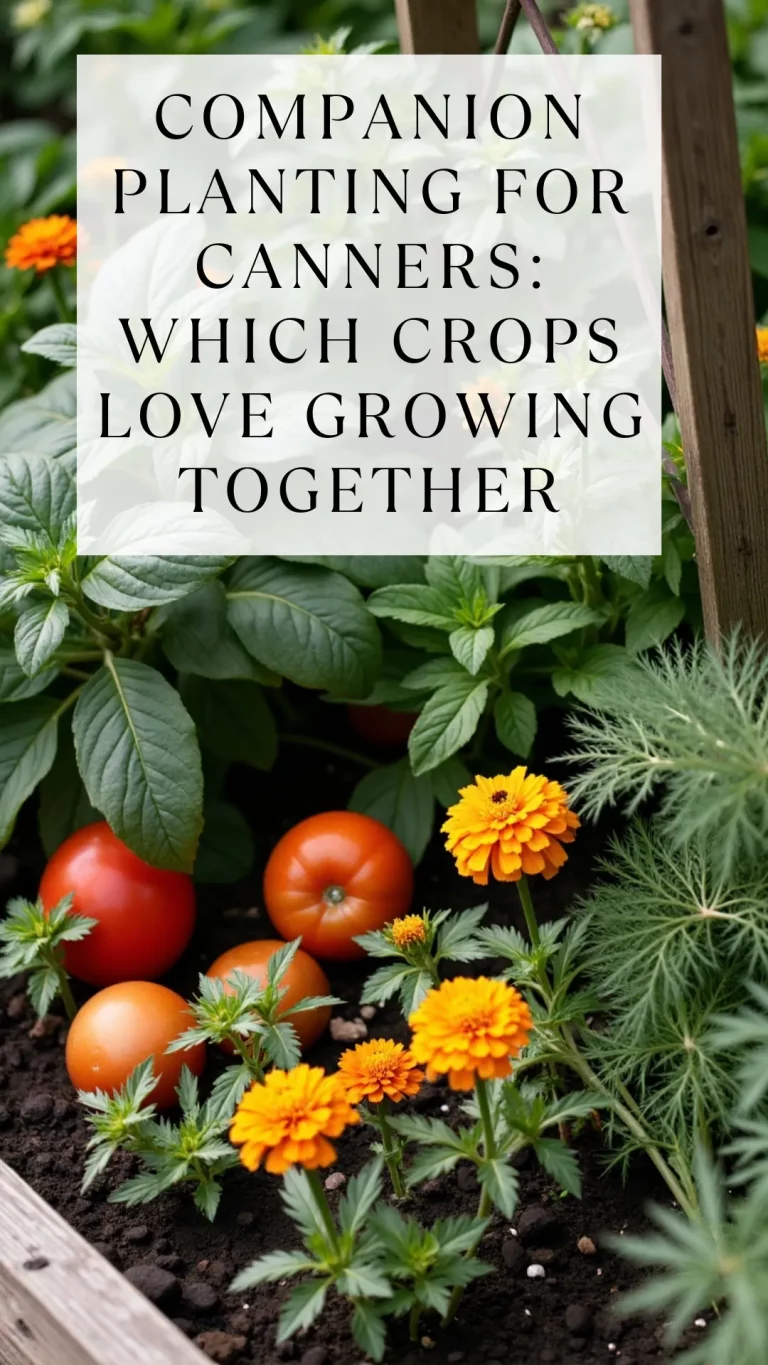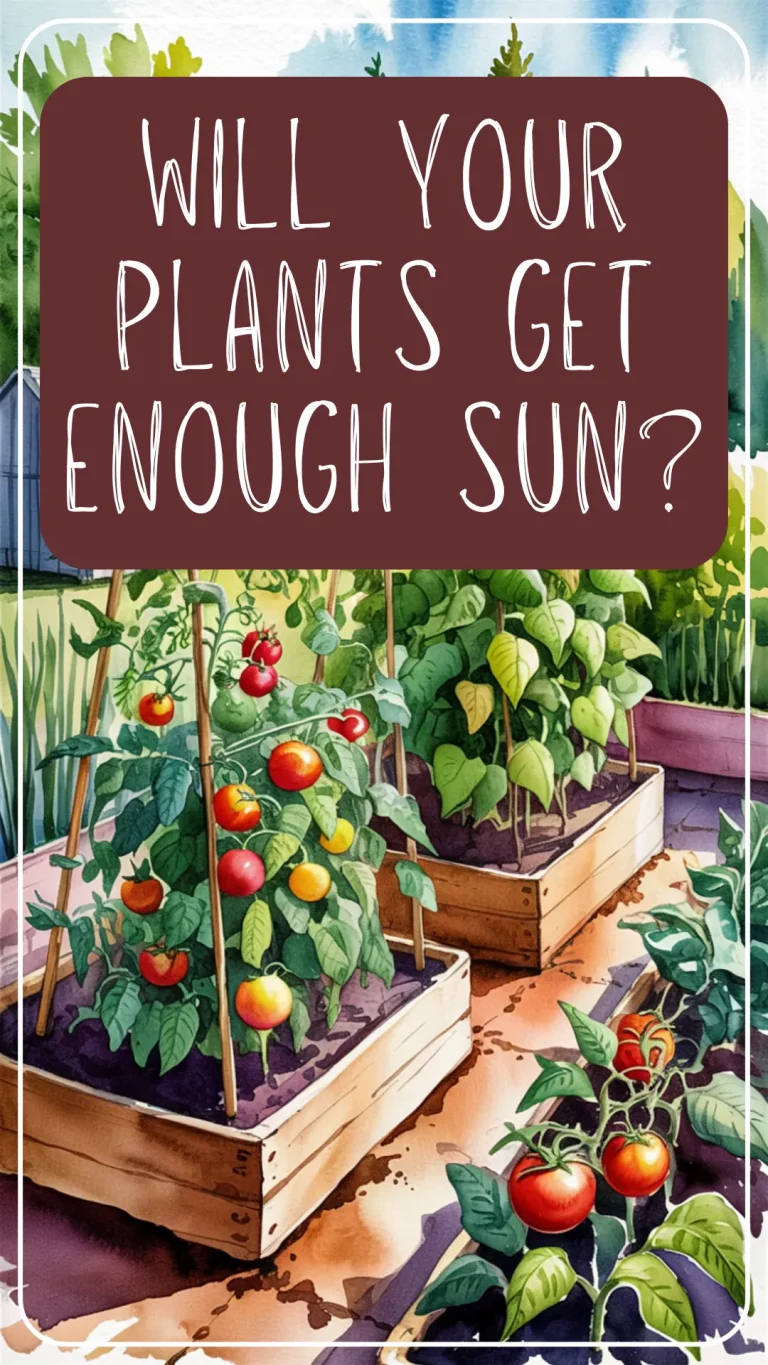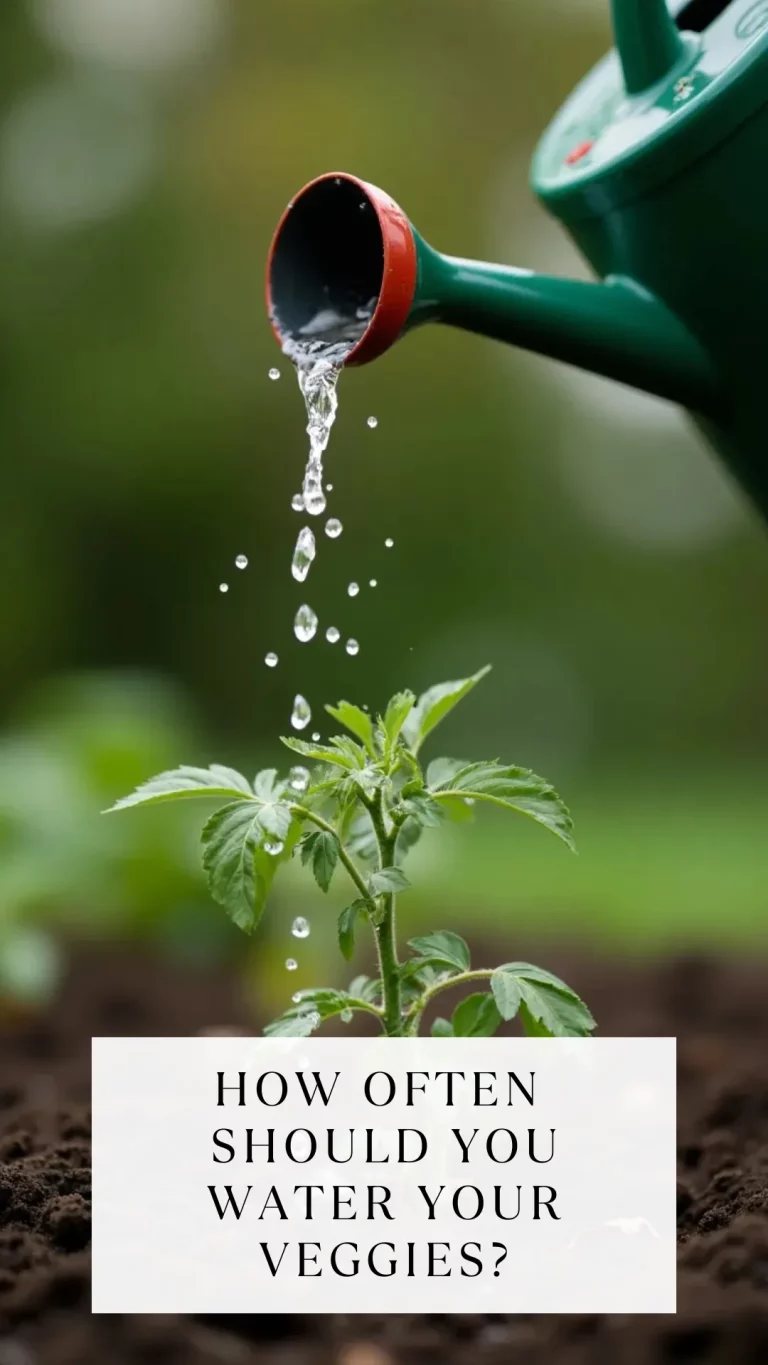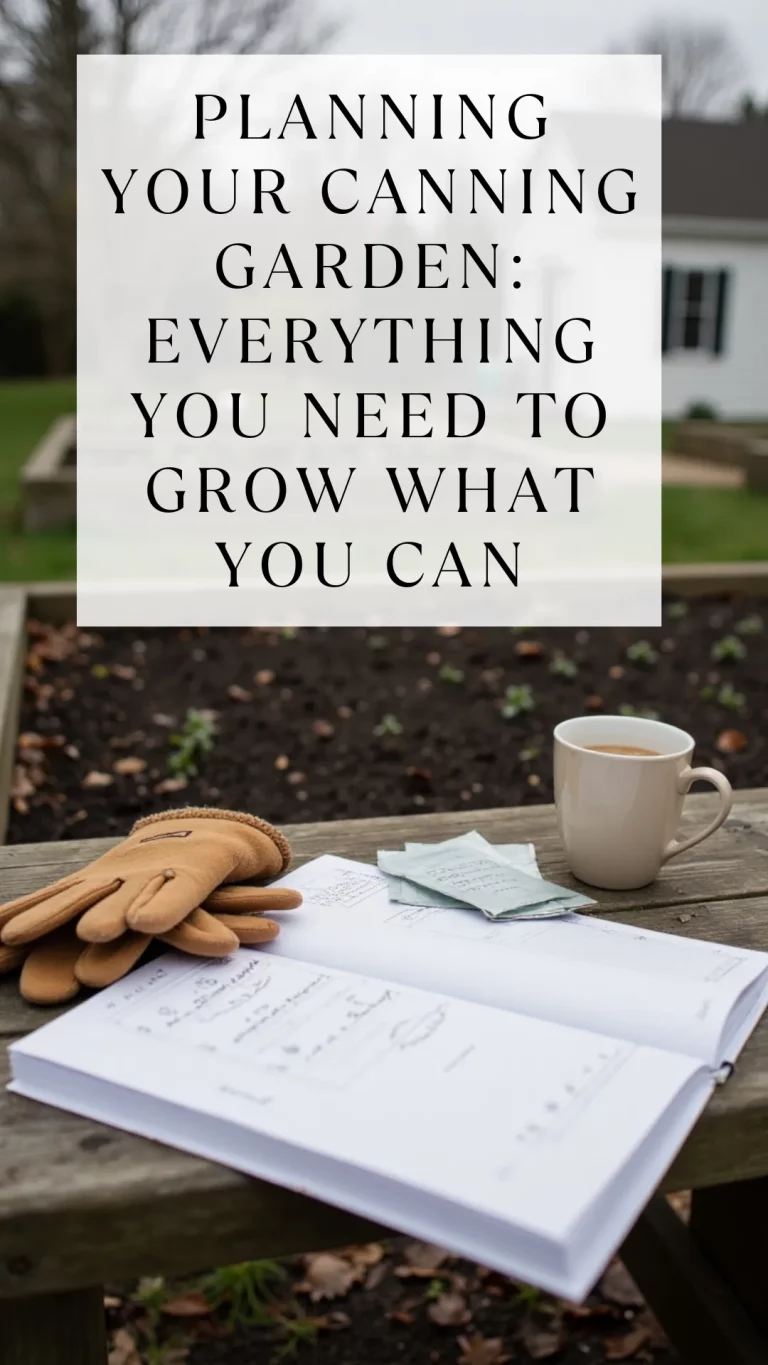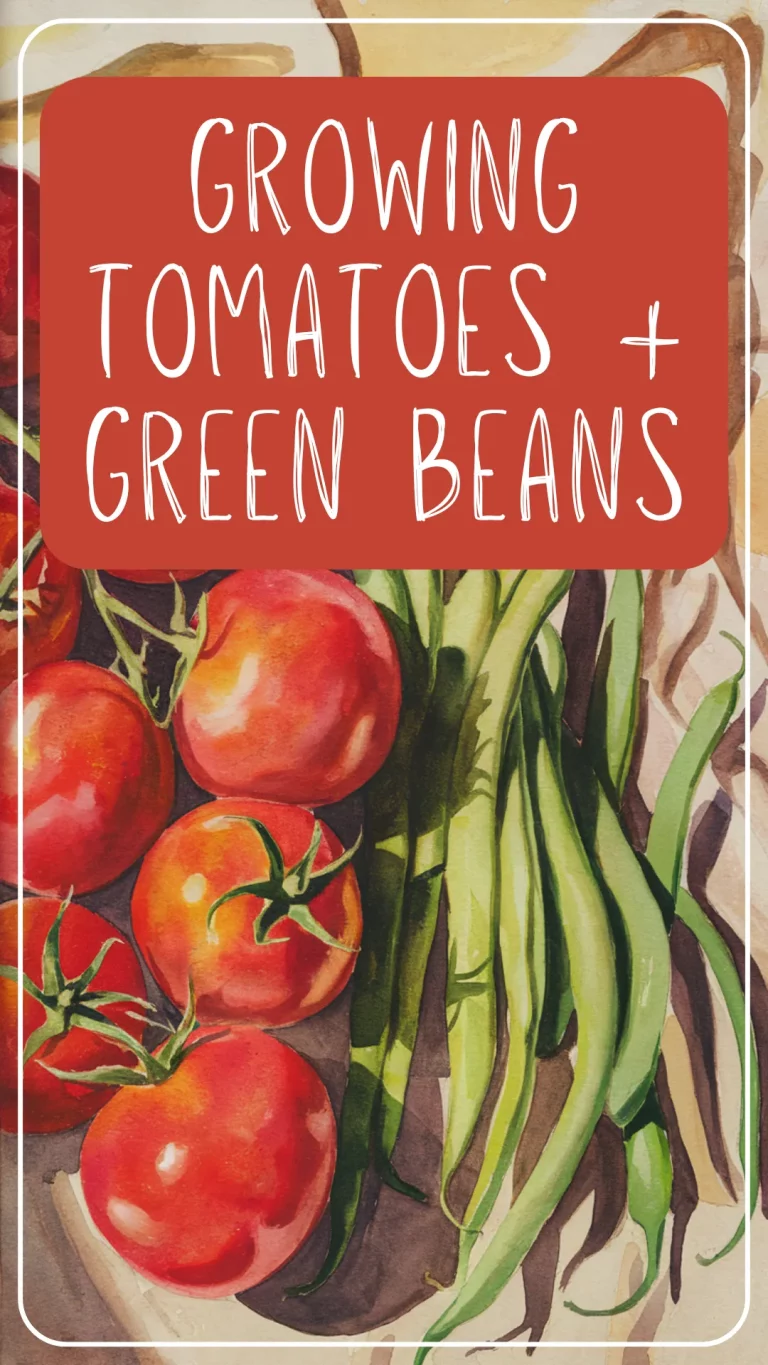How Many Plants Do I Need for Canning? A Beginner-Friendly Yield Guide
Planning your canning garden? Here’s how to figure out exactly how many tomato plants (and more!) you need to grow for a year’s worth of jars. Simple tips, helpful charts, and no scary math!
Inside this post:
- 1 How Many Plants Do I Need? (A Friendly Guide to Planning Your Yield)
- 1.1 Step 1: Make Your “Canning Wishlist”
- 1.2 Step 2: Match Your Wishlist to Plant Counts (a.k.a. Math Without the Tears)
- 1.3 Step 3: Map It Out Without Losing Your Mind (or Your Yard)
- 1.4 Step 4: The 12-Month Jar Math (aka: Pantry Planning for the Win)
- 1.5 Step 5: Printables, Tips, and Final Sanity-Saving Thoughts
- 1.6 Final Thought
How Many Plants Do I Need? (A Friendly Guide to Planning Your Yield)
Ever stared at a packet of tomato seeds and wondered if you’ll end up with enough sauce for the year—or enough to feed the entire neighborhood three times over? You’re not alone.
One of the trickiest parts of canning season isn’t the jars or the recipes—it’s figuring out how much to actually grow in the first place. Too little, and you’re rationing peach jam like it’s liquid gold. Too much, and you’re trying to trade extra cucumbers for freezer space at Aunt Debbie’s.
This guide is here to help you grow just the right amount for your family’s pantry goals. Whether you want 12 jars of salsa or enough green beans to last till next summer, we’ll walk you through how to plan your garden based on average yields, simple math (no calculator sweat required), and realistic canning goals.
Let’s get your plants working smarter—not harder.
Step 1: Make Your “Canning Wishlist”
Before you start mapping out garden beds or panic-buying seed packets, take a minute to think about what you actually want to can this year. Not what your neighbor cans. Not what sounds impressive. Just the jars your family will happily devour without bribery.
Ask yourself:
- What canned foods do we eat regularly?
- How many jars do we use in a typical month?
- Are there any special things I want to try this year? (Looking at you, salsa with a kick.)
Then jot it all down like a shopping list—but in jars. For example:
- 24 jars of tomato sauce
- 12 jars of pickles
- 20 jars of green beans
- 8 jars of strawberry jam (because toast deserves better)
Pro Tip: Be honest about what your crew will really eat. If no one touches beets, there’s no need to grow a beet army. This list will become your secret weapon when it’s time to figure out how much to plant.
Step 2: Match Your Wishlist to Plant Counts (a.k.a. Math Without the Tears)
Now that you’ve got your jar goals, it’s time to reverse-engineer your garden. We’re talking yield averages—aka how much food one plant typically gives you. Don’t worry, this is the friendly kind of math. No pop quiz, just simple estimates based on what most gardeners see in a decent growing season.
Mini Plant-to-Jar Cheat Sheet
| Crop | Yield per Plant (avg.) | Pounds Needed per Quart Jar | Plants for 12 Quart Jars |
|---|---|---|---|
| Tomatoes (sauce) | 8–10 lbs | ~3 lbs | 4–5 plants |
| Green Beans | 1–2 lbs | ~1 lb | 12–24 plants |
| Pickling Cucumbers | 5–10 lbs | ~2 lbs | 3–6 plants |
| Carrots (per sq ft) | ~1 lb | ~1.5 lbs | ~18 sq ft |
| Beets (per sq ft) | 0.5–1 lb | ~2 lbs | ~24 sq ft |
| Bell Peppers (salsa) | 5–10 peppers | 1–2 per jar | 4–6 plants |
| Onions | 1 bulb per plant | ~1 per jar | ~12 plants |
Reminder: These are ballpark figures, not magical guarantees. Pests, weather, planting zones and whether your dog insists on digging up your green beans can all affect your final harvest.
Planning tip: Want to can 24 jars of tomato sauce? Just double the tomato plant count above. Want to skip green beans this year? That leaves more room for strawberries (or, you know, a hammock).
Step 3: Map It Out Without Losing Your Mind (or Your Yard)
You’ve got your wishlist. You’ve got your plant counts. Now it’s time to play garden Tetris—figuring out where all these future veggies are actually going to grow.
Don’t worry, you don’t need fancy software or graph paper from a forgotten math class. A napkin sketch or scrap paper will do just fine.
Quick Planning Tips:
- Group by space needs: Tomatoes and peppers like room to breathe. Carrots? They’re happy underground in cozy rows.
- Think vertical: Trellises are magic for cucumbers and beans. Great for small spaces (and bonus: less bending over).
- Sunlight matters: Most canning crops are sun-lovers. Try to plan your sunniest spots for your biggest producers.
- Mix it up: Companion planting (like basil with tomatoes) can boost growth and keep pests confused.
- Containers count! No raised beds? No problem. Tomatoes, peppers, and even bush beans grow happily in pots.
Spacing example:
Tomatoes = 2–3 ft apart
Bush Beans = 4–6 inches apart
Carrots = rows 6 inches apart, thin seedlings to 2 inches apart
Raised bed idea: A 4×8 ft bed can hold:
- 6 tomato plants (staked)
- 10 pepper plants
- 12–16 bush bean plants
- A row of onions tucked in along the front
Just be realistic. It’s easy to get seed-happy in spring and plant way more than you can manage—or preserve—come harvest time.
Step 4: The 12-Month Jar Math (aka: Pantry Planning for the Win)
Here’s where your wishlist meets real life. Instead of guessing how much to grow, let’s break it down by how often your family eats each canned item—then multiply by 12 for the year.
It’s simple math with delicious results.
Example:
- Your family eats spaghetti once a week
- That’s 1 jar of tomato sauce per week
- Multiply by 12 months = 52 jars
- You’ll need around 18–20 tomato plants to make that happen
Now you try! Use this format to estimate your needs:
- “We eat ___ jars of ___ per week/month”
- Multiply by 12 (for monthly) or 52 (for weekly)
- Use the chart from Step 2 to figure out how many plants you’ll need
Add a buffer
Always plan to grow 10–15% extra to account for:
- Surprise guests who “just loooove your jam”
- The occasional squirrel with a grudge
- Jars that mysteriously disappear (hello, potluck season)
This way, you’re not scraping the bottom of the pantry by November.
Step 5: Printables, Tips, and Final Sanity-Saving Thoughts
You’ve done the math, mapped the garden, and maybe even scared yourself a little with how many green beans your family actually eats. Don’t worry—you don’t have to grow everything at once. Or even grow it all yourself.
Handy Printables to Keep You on Track:
- Canning Wishlist Printable – Track what you want to can and how many jars you’ll need
- Planting Calculator Cheat Sheet – Quick lookup for how many plants = how many jars
- Pantry Inventory Tracker – Keep tabs on what you’ve already got so you don’t overdo the pickles again
Click on one of the pictures below to download the free printables.
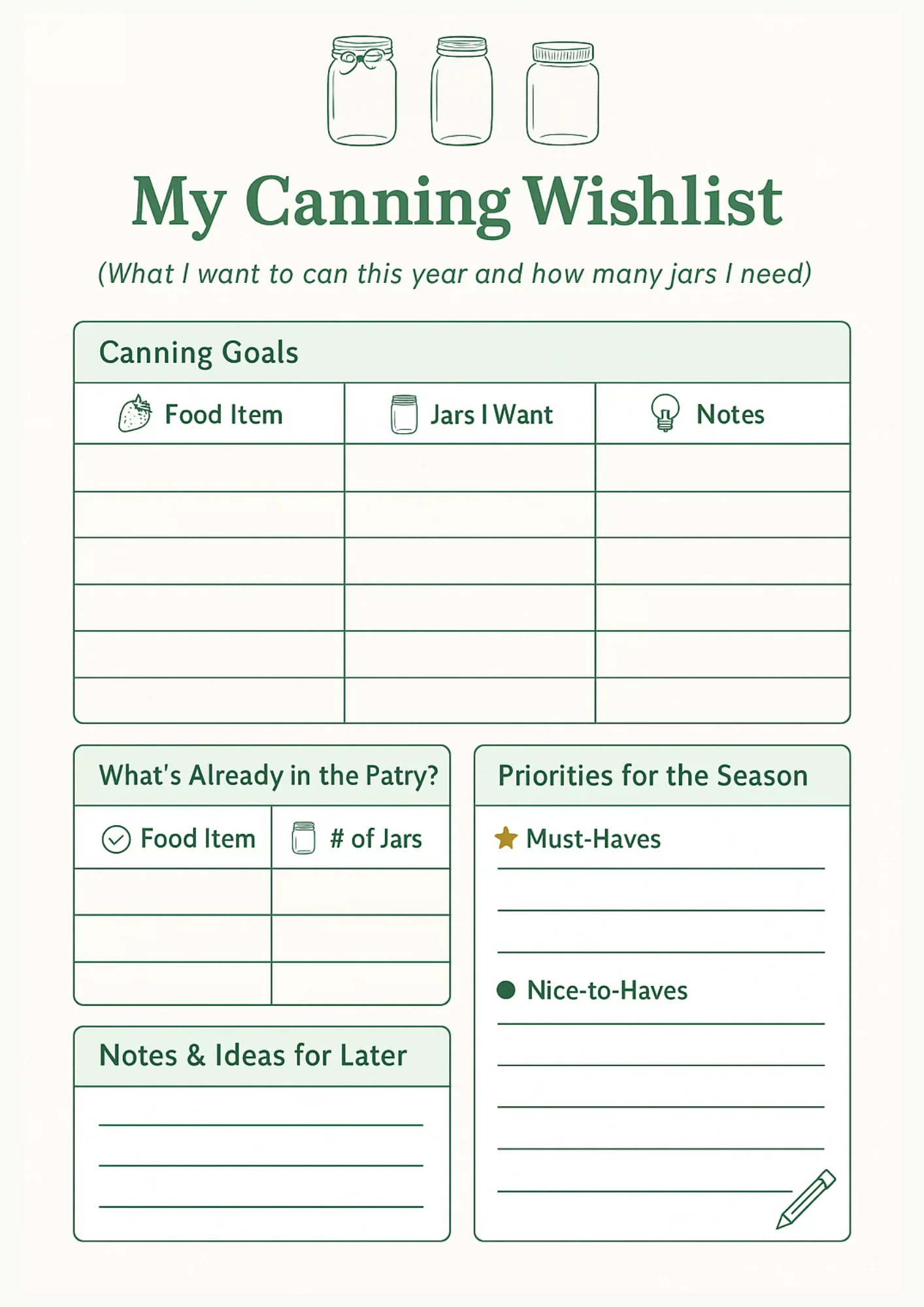
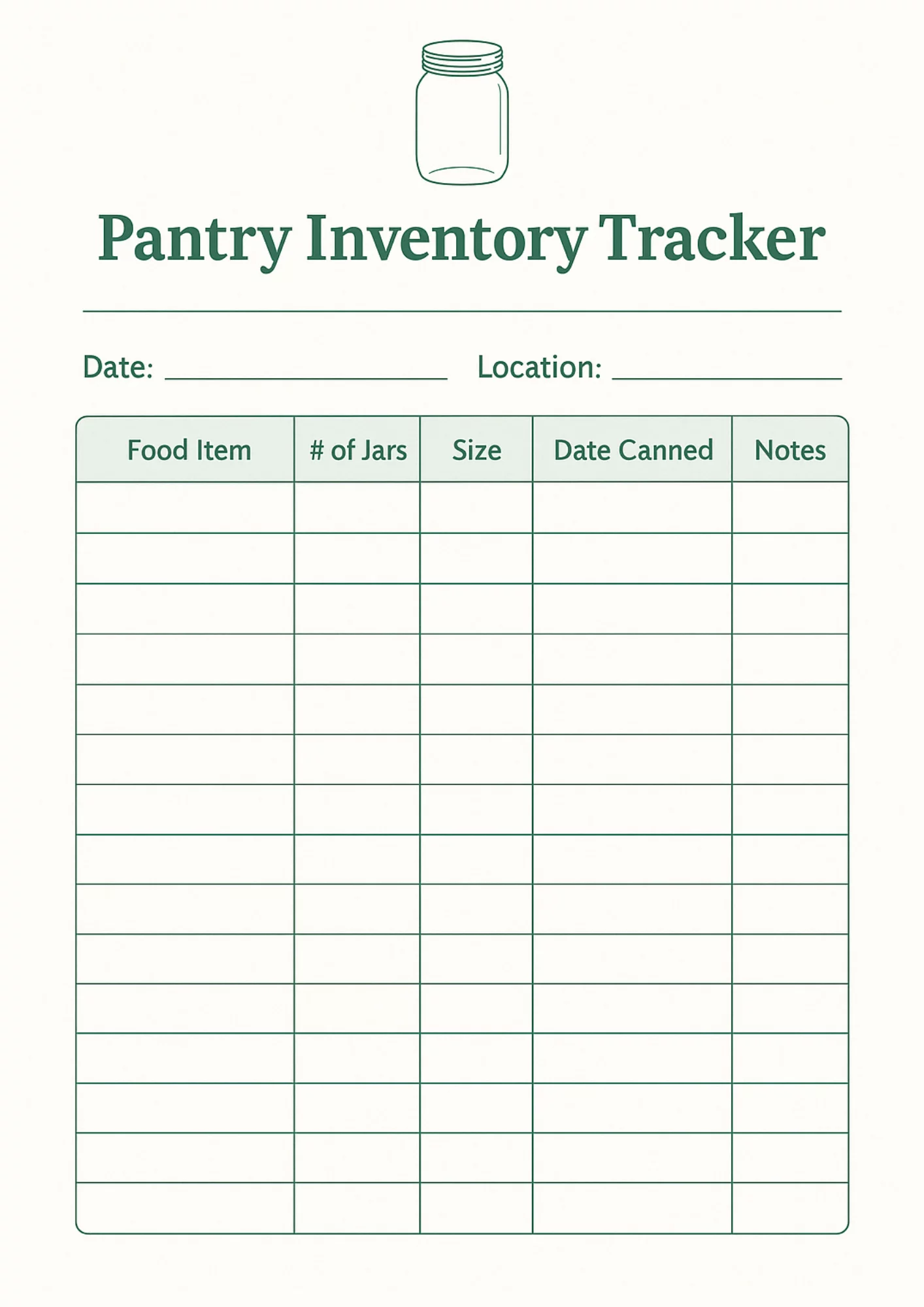
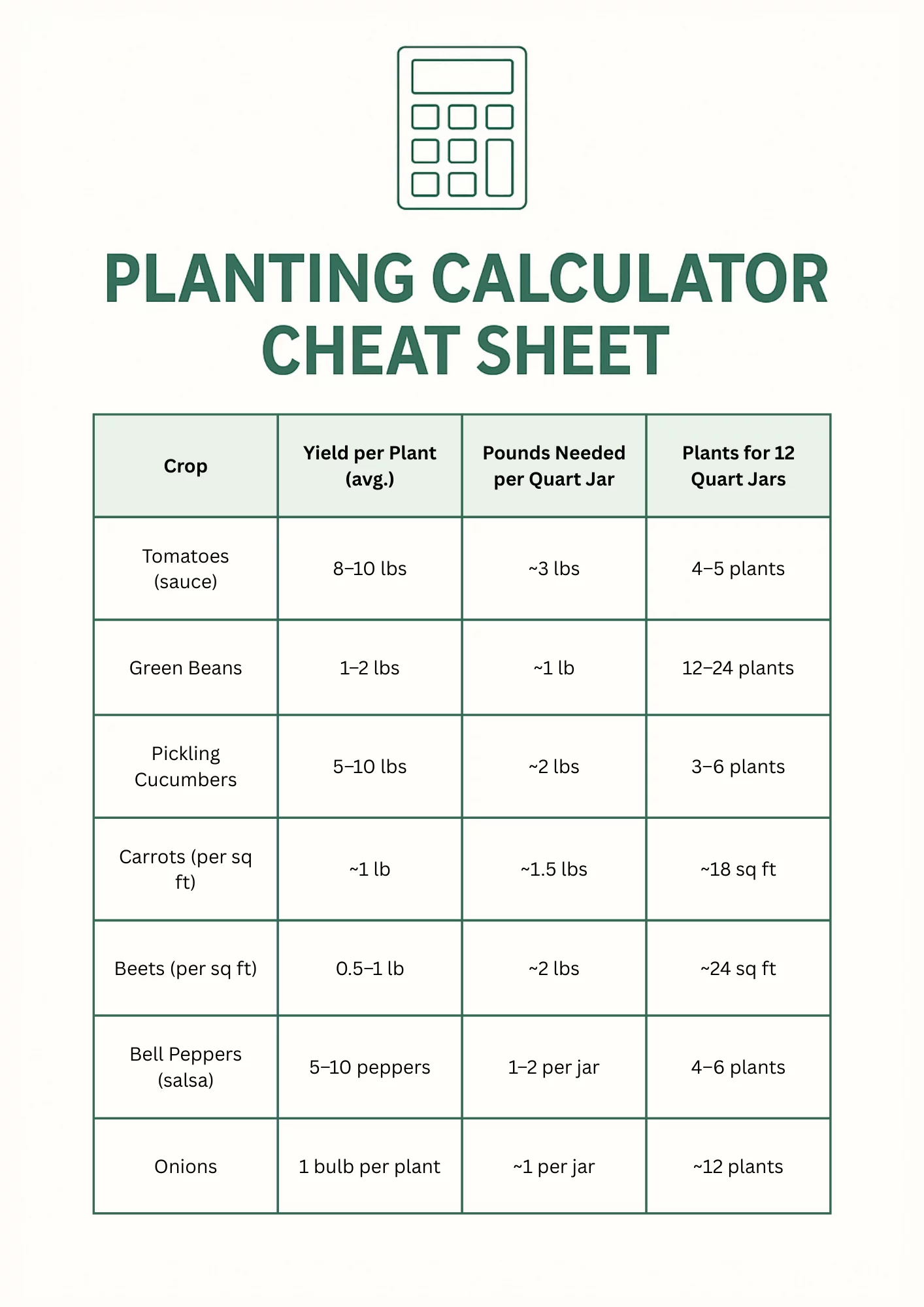
Want to keep it manageable?
- Focus on your top 3 must-have items this year
- Supplement with produce from local farms or farmers markets
- Save the experimental stuff (hello, watermelon rind pickles) for bonus time at the end of the season
More Helpful Reads:
- Beginner’s Guide to Growing Green Beans
- Pressure Canning vs. Water Bath Canning
- How to Plan a Canning Garden That Actually Works
Final Thought
Home canning is a marathon, not a sprint. Planning your plant counts now means fewer surprises later—and way more jars of the good stuff on your shelf.
Grow what you love, can what you’ll actually eat, and remember: even one jar is a win. 💪🥫
